 Issue No. 6 of The Journal of the Masonic Society is arriving in members’ mailboxes now. It is another fine edition, as members should expect, featuring:
Issue No. 6 of The Journal of the Masonic Society is arriving in members’ mailboxes now. It is another fine edition, as members should expect, featuring:Restructuring American Freemasonry, Part I – by Mark Tabbert is a compilation of very thoughtful ideas on ways to improve the organizational side of Freemasonry, streamlining bureaucracy and modernizing the ways Craft Masonry functions at the lodge level, the district level, and the grand jurisdiction level.
The Order of the Royal Ark Mariner in England – by Yasha Beresiner is a concise history of the highly symbolic degree’s origins.
In What’s Wrong With This Symbol? Rex Hutchens scrutinizes Dan Brown’s new bestselling novel, and itemizes the errors and omissions he finds most egregious.
Assistant Editor Randy Williams’ Beyond the Tracing Board takes the brethren outside the lodge and into a private study group for Masonic education, replacing “short talks” with three-hour group discussions.
Plus, there are reports of current events from around the world; opinion pieces; upcoming conferences, symposia, and the like; Masonic fiction; and more, including this report from the Magpie Mason of a recent banquet in New Jersey:
Three Prestonian Lecturers walk into a bar....
It was nearly as simple as that set-up despite this event being the very first time three Prestonian Lecturers would share a podium. The plan was hatched this past spring, when Trevor Stewart, deputy master of Lodge Sir Robert Moray No. 1641, one of Scotland’s lodges of Masonic research, pitched the idea to Thurman Pace as a fundraiser to benefit the local 32° Masonic Learning Center for Children in Scotch Plains, New Jersey. Pace, an Active Emeritus member of the Supreme Council of the Scottish Rite in the Northern Masonic Jurisdiction, was all ears.
 The Prestonian Lecture is a tradition in English Freemasonry established in 1818, funded by a bequest from William Preston. Every year, the United Grand Lodge of England selects one outstanding scholar to travel throughout the jurisdiction and deliver his Prestonian Lecture; sometimes the lecturer will travel abroad. William Preston of course is the famous Mason credited with having compiled the Craft Lodge rituals used in much of the English-speaking Masonic world to this day.
The Prestonian Lecture is a tradition in English Freemasonry established in 1818, funded by a bequest from William Preston. Every year, the United Grand Lodge of England selects one outstanding scholar to travel throughout the jurisdiction and deliver his Prestonian Lecture; sometimes the lecturer will travel abroad. William Preston of course is the famous Mason credited with having compiled the Craft Lodge rituals used in much of the English-speaking Masonic world to this day.“There are three different orders of questions,” he added. First there is the A-B-C narrative form that seeks to answer The Who, The What, The Where, and The When. “It’s a quite respectable way of proceeding, however if you want to make it more interesting, you need to go to No. 2: a panoramic, 360 degree view for context of The What. To go further – to ask general philosophical questions – we ask The Why.”
 “I want to take you back to 1914,” he continued. Gustav Petrie was a coal industry executive who had co-founded a lodge in 1907, and was “greatly loved by his brethren.” Petrie was a native of Austria living and working in England when the Great War commenced. The Provincial Grand Master, Lord Ravensworth, ordered that all hailing from the Axis nations “should take their First Degree obligation seriously, and return to their native lands. Being the man he was, he resigned from the lodge. His resignation was received with regret.” Then it’s June 1914 at the Quarterly Communication of Grand Lodge with “a lot of Masonic blood being spilled.” The questions raised included: Could the widows and orphans of brethren from enemy nations benefit from Masonic charity? Could a Mason from an enemy nation resume his place in the officer line of an English lodge upon the cessation of hostilities? Are there occasions in matters of state that are incompatible with Freemasonry?
“I want to take you back to 1914,” he continued. Gustav Petrie was a coal industry executive who had co-founded a lodge in 1907, and was “greatly loved by his brethren.” Petrie was a native of Austria living and working in England when the Great War commenced. The Provincial Grand Master, Lord Ravensworth, ordered that all hailing from the Axis nations “should take their First Degree obligation seriously, and return to their native lands. Being the man he was, he resigned from the lodge. His resignation was received with regret.” Then it’s June 1914 at the Quarterly Communication of Grand Lodge with “a lot of Masonic blood being spilled.” The questions raised included: Could the widows and orphans of brethren from enemy nations benefit from Masonic charity? Could a Mason from an enemy nation resume his place in the officer line of an English lodge upon the cessation of hostilities? Are there occasions in matters of state that are incompatible with Freemasonry?“Are there conflicts between one’s civic duties in carrying out lawful commands of properly instituted authority and one’s obligations as a Freemason?” Stewart said. “The case of Gustav Petrie seems to me to raise these fundamental questions.”
Petrie returned to Austria and served his country’s war effort. In 1920, after the war had ended, he returned to England for a visit. On the Continent, Petrie was a Swedish Rite Mason, meaning his lodge was German. In visiting his former English lodge, therefore, he was a German Mason entering a lodge where Masons had lost loved ones in the war, including one who lost his only son. “Gustav Petrie, a little man, came in and gave greetings to the Worshipful Master from his Blue Lodge and his St. Andrew’s Lodge... and he was greeted like a long lost friend.”
“It is tremendously reassuring on a number of levels,” said Trevor Stewart in conclusion. “When we talk about ‘Masonry universal,’ it’s not that everyone can be a Mason, but that when good men are Masons, good will and brotherhood will flourish, as we are all engaged in this one great enterprise. Gustav Petrie is of no great importance in the grand sweep of things, but certainly he has a lot to teach us.”
On the lighter side, Gordon Davie rose to speak on “The Grand Stewards and Their Lodge,” a very colorful history of a singular and historic lodge that will celebrate its 275th anniversary in 2010. To set the scene, he spoke of the Freemasonry in 1720s London: Prior to the Grand Lodge era, one would never attend a lodge where he wasn’t a member, but the advent of the Grand Lodge introduced the new concept of visiting other lodges. There were feasts at the Goose and Gridiron Ale House, a tradition borrowed from the Scots. “English Masonry was a ‘boozy do,’” Davie said, prompting raucous laughter from the brethren assembled. “If they were here today, they’d be mortified!” In 1724-25, there were 77 lodges in the city, with a total membership of 1,480. By the following year, no one wanted to become Grand Warden because there was too much work to do in organizing the feast. It was an expensive enterprise, and at one point it was decided to cut costs by eliminating one course of the meal. Wary of the expense, the Grand Lodge placed the entire financial responsibility on the Stewards who had to pay the deficit themselves if the event went over budget. “That really concentrates the mind brethren!” said Davie to a new fit of laughter. “That really concentrates the mind!”
 But with great responsibility comes great reward. By 1735, it was decided to allow the Grand Stewards to select their own successors. “A powerful thing, brethren, isn’t it?” (The path to grand rank began with one’s appointment as a Grand Steward.) Special regalia – aprons, collars and jewels festooned with the color red, perhaps recalling the color of the wines served – was approved for the Grand Stewards. And reserved seating at the feasts, a luxury, but a fair benefit for those who paid the bill. And also in 1735, a lodge of Master Masons (remember most Masons of this era were Apprentices) called Stewards’ Lodge was entered on the roll of lodges, that later in the 18th century would be placed at the head of that list, but without a lodge number, an honor continued today.
But with great responsibility comes great reward. By 1735, it was decided to allow the Grand Stewards to select their own successors. “A powerful thing, brethren, isn’t it?” (The path to grand rank began with one’s appointment as a Grand Steward.) Special regalia – aprons, collars and jewels festooned with the color red, perhaps recalling the color of the wines served – was approved for the Grand Stewards. And reserved seating at the feasts, a luxury, but a fair benefit for those who paid the bill. And also in 1735, a lodge of Master Masons (remember most Masons of this era were Apprentices) called Stewards’ Lodge was entered on the roll of lodges, that later in the 18th century would be placed at the head of that list, but without a lodge number, an honor continued today.Other highlights in the careers of the Grand Stewards include a feast in 1806, where 384 Masons sat down to dinner… and consumed 680 dozen bottles of wine! Later, a letter of complaint from the Prince of Wales objecting to the rowdiness of the meetings would result in removing walnuts from the menu… to deny certain brethren the projectiles they had thrown at the prince!
In 2010 it is expected that the Pro Grand Master will serve as Worshipful Master of Grand Stewards’ Lodge, ushering in a 275th year of, as Davie put it, “undiscovered sin.”
“Processions are where we are most obviously in the public sphere,” Wade said in conclusion. “I suggest that we should explore the possibility of a return of these activities. I am concerned that, with regard to our public image, we have lost that civic association that we have had for hundreds of years. As we move further into the 21st century, we surely need to be proactive about our civic identity. For the man in the street, we should be demonstrating that we have a civic association with the community, and that we are not a secret society or private members’ club. Certainly we have our private space – and that is what distinguishes us from other charitable organizations – but we also have a rich heritage of moral integrity with its allegorical ceremonies and symbolism that has continued in unbroken tradition for close on 300 years. With such a sense of display, we can restore confidence in the genuine meaningfulness of what it is that makes us Masons.”






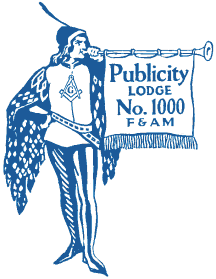

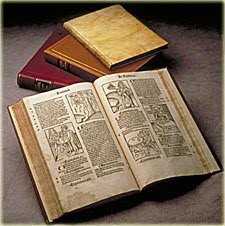


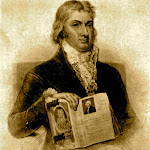




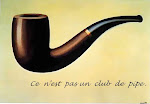
















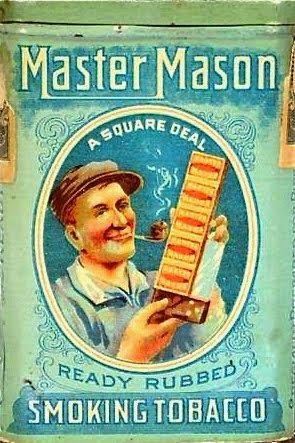




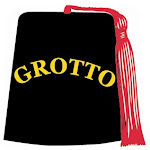








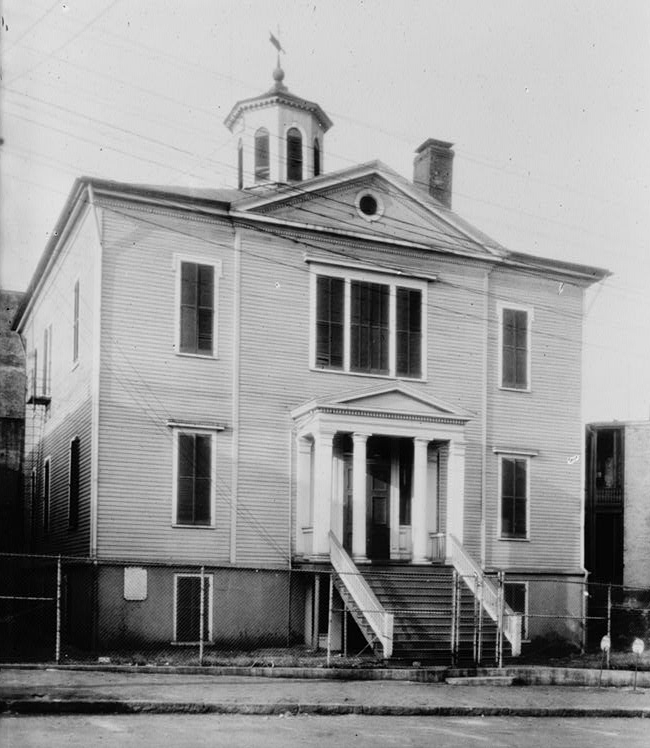
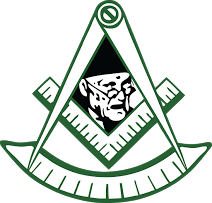
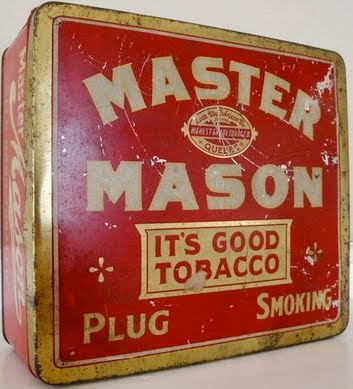




No comments:
Post a Comment